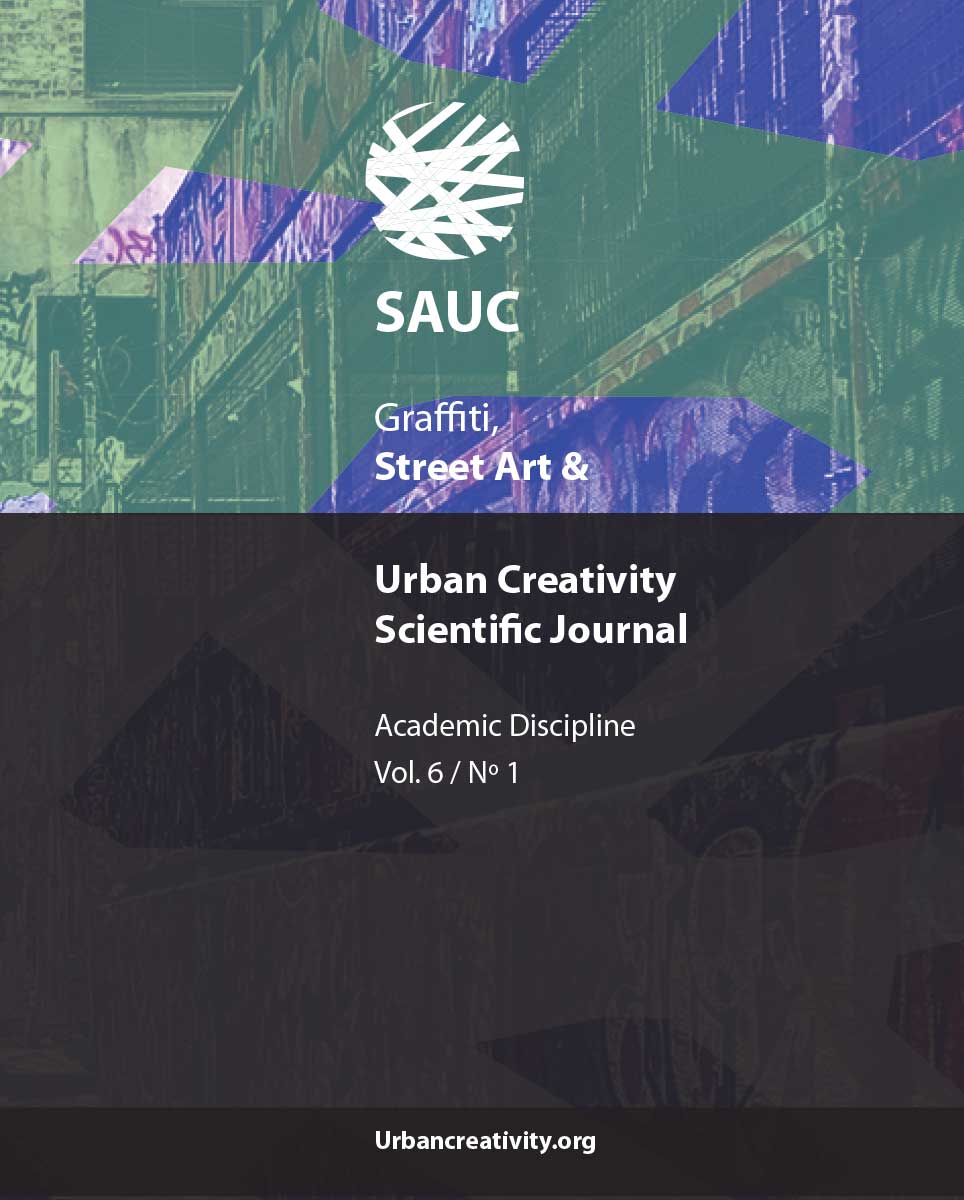Tagging in Antiquity
Pompeian Graffiti Between Individuality and Convention
DOI:
https://doi.org/10.25765/sauc.v6i1.216Keywords:
graffiti, Pompeii, Ancient graffiti, Roman Epigraphy, Roman OnomasticsAbstract
The article is based on a paper presented at the international conference “Tag. Name Writing in Public Space” (Berlin 2017) which brought together graffiti specialists and artists. Therefore the contribution aimed at a broader, interdisciplinary audience. The present article analyses ancient “tags”, which form the largest portion of the graffiti found at the site of Pompeii, and discusses methodological problems in dealing with this epigraphic record. Due to the characteristics of Roman onomastics, it is hardly possible to trace individuals in the Pompeian graffiti. The focus therefore is on those rare examples where we can distinguish individuals by attributes or additional names (such as family names / gentilicia) indicated. The article shows that while the basic human desire to leave one’s (individual) mark was omnipresent on the one hand, the ancient tags on the other hand where quite uniform and thereby almost de-individualised.
Downloads
Global Statistics ℹ️
|
296
Views
|
254
Downloads
|
|
550
Total
|
|
Downloads
Published
How to Cite
Issue
Section
License
Those authors who publish in this journal accept the following terms:
-
Authors retain copyright.
-
Authors transfer to the journal the right of first publication. The journal also owns the publishing rights.
-
All published contents are governed by an Attribution-NoDerivatives 4.0 International License.
Access the informative version and legal text of the license. By virtue of this, third parties are allowed to use what is published as long as they mention the authorship of the work and the first publication in this journal. If you transform the material, you may not distribute the modified work. -
Authors may make other independent and additional contractual arrangements for non-exclusive distribution of the version of the article published in this journal (e.g., inclusion in an institutional repository or publication in a book) as long as they clearly indicate that the work was first published in this journal.
- Authors are allowed and recommended to publish their work on the Internet (for example on institutional and personal websites), following the publication of, and referencing the journal, as this could lead to constructive exchanges and a more extensive and quick circulation of published works (see The Effect of Open Access).













